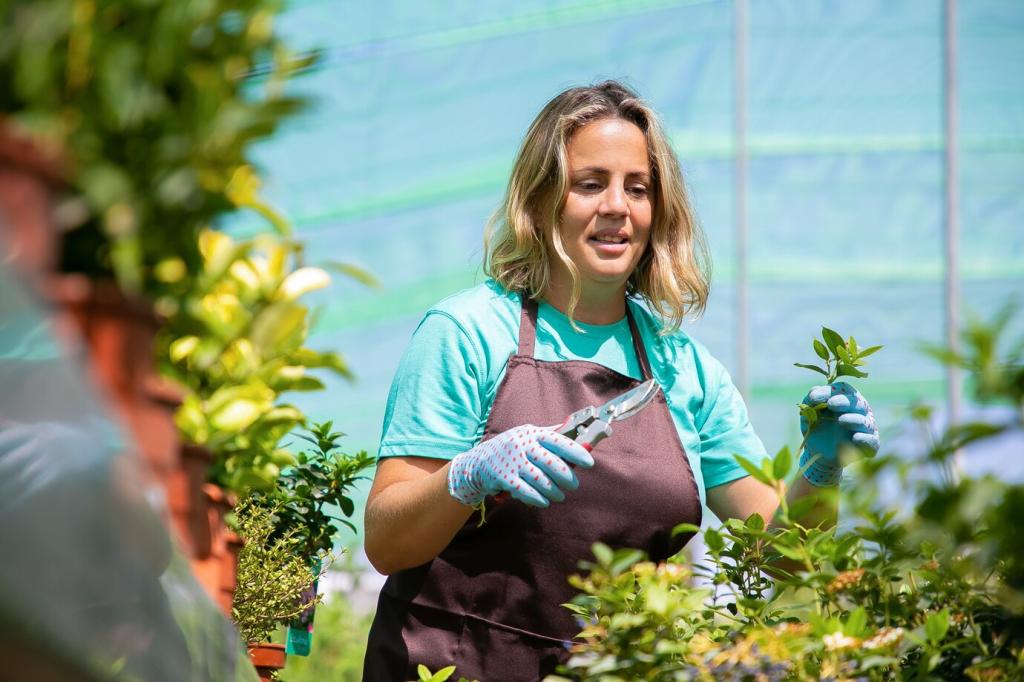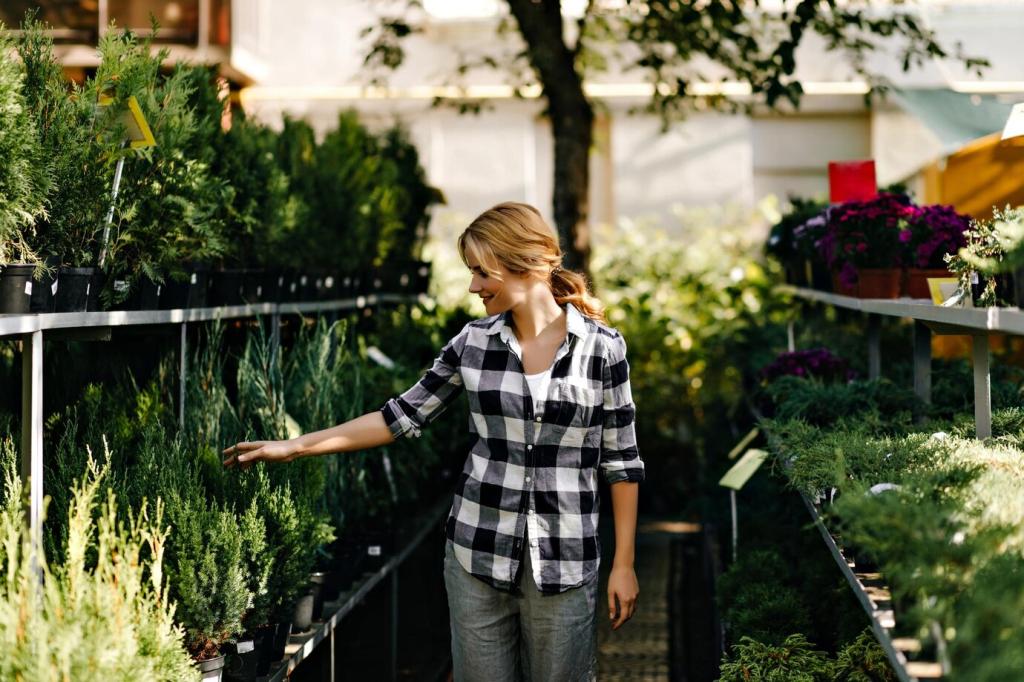Transformative Journeys in City Gardening
Urban environments are often seen as places of concrete and congestion, yet within these bustling cityscapes, countless transformative gardening journeys are unfolding. City gardening is more than just an aesthetic pursuit; it’s a catalyst for personal and community change. Whether cultivating balcony herb patches or revitalizing rooftop spaces, urban dwellers are discovering new possibilities through plants. This page delves into the stories, innovations, and philosophies that are redefining what it means to be a gardener in the city. Explore how these journeys are charting a path towards greener, more vibrant urban communities.
Embracing the Urban Landscape
Finding Green Inspiration in Concrete Spaces
Many city dwellers start their gardening journey by noticing small pockets of nature amid the urban landscape. A single flower pushing through a sidewalk crack or an unseen tree in a courtyard can spark inspiration. This newfound appreciation for existing greenery often ignites the desire to nurture more life in unexpected places. By seeing potential where others see limitations, novice gardeners develop a deeper relationship with their environment and learn that transformation often starts on a very small scale.
Navigating Spatial Challenges and Microclimates
The limitations of city spaces force gardeners to innovate and adapt. Rooftop gardens, vertical planters, and windowsill pots become vital tools in the urban gardener’s toolkit. Microclimates created by buildings and streets offer both opportunity and challenge—north-facing balconies and shaded alleys require strategic plant choices and creative sunlight solutions. Through trial and error, city gardeners fine-tune their approach, discovering which plants thrive and which ones struggle, leading to an intimate connection with their immediate surroundings.
Building Community Connections Through Shared Spaces
City gardening thrives when individuals come together, turning previously neglected lots or community plots into flourishing green havens. The process of joining a community garden or participating in local greening initiatives introduces new gardeners to a wider network of mentors and peers. These shared experiences foster a sense of belonging and mutual support, transforming personal gardening ambitions into collective urban renewal projects. Community gardens often become centers for learning, collaboration, and neighborhood pride.
Reimagining Urban Sustainability
Cultivating Food Security and Local Harvests
Urban gardening plays a crucial role in addressing food insecurity, especially in areas known as food deserts. By transforming vacant land or even apartment balconies into productive spaces, city dwellers can supplement their diets with fresh, healthy produce. The process of growing food close to home also highlights the value of local food systems and reduces reliance on long supply chains, making cities more resilient in the face of environmental and economic disruptions.
Water Conservation and Eco-Friendly Practices
Resource limitations drive urban gardeners to adopt innovative approaches to water and soil management. From installing rainwater harvesting systems to using compost made from kitchen scraps, city gardens become models of sustainability. These eco-friendly practices promote a cycle of renewal and resourcefulness, teaching gardeners to work in harmony with natural processes despite urban constraints. Over time, these habits contribute to environmental stewardship and set examples that inspire others in the community.
Enhancing Biodiversity in Dense Environments
City gardens offer crucial habitats for pollinators, birds, and other wildlife. By planting native species and creating layered landscapes, urban gardeners help improve local biodiversity and ecosystem health. Even modest container gardens or green rooftops can support a surprising range of organisms. These pockets of life act as stepping stones across the urban matrix, connecting fragmented habitats and supporting resilient urban ecologies.

Gardening as a Mindful Escape
City life can be overwhelming, but the hands-in-soil practice of gardening offers a refuge from daily stressors. Each watering, planting, or pruning session creates opportunities to reconnect with the cycle of life and the changing seasons. As gardeners tune into their plants’ needs, they cultivate presence and patience, finding joy in watching green shoots emerge and blossoms unfold. Over time, this mindful presence spills into other facets of life, promoting overall well-being.

Overcoming Obstacles and Building Resilience
The unpredictable nature of gardening—weather swings, pests, and plant failures—mirrors the uncertainties of city living. Urban gardeners often encounter setbacks, such as vandalism or local regulations, that test their resolve. Facing and overcoming these challenges fosters resilience, adaptability, and resourcefulness. The journey becomes a metaphor for personal growth, teaching lessons in persistence and creative problem-solving that extend far beyond the garden boundary.

Celebrating Harvests and Milestones
Every milestone in a city garden, from the first germinated seed to a vibrant summer harvest, marks an achievement worthy of celebration. These moments provide motivation to continue and remind gardeners of what is possible through dedication and care. Shared harvest festivals or informal gatherings among neighbors strengthen community ties and affirm the transformative power of gardening to enrich both individual lives and collective urban experience.
